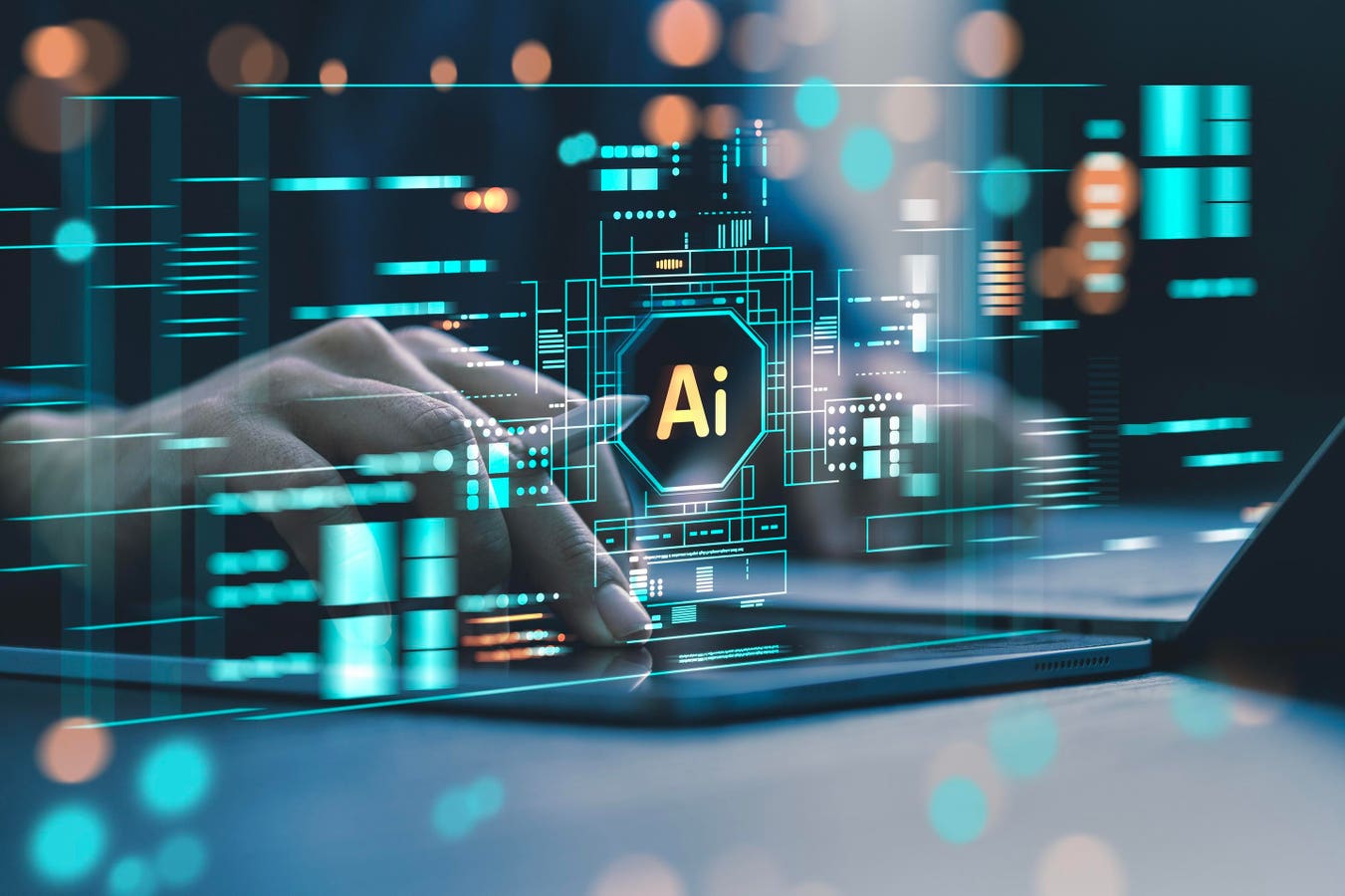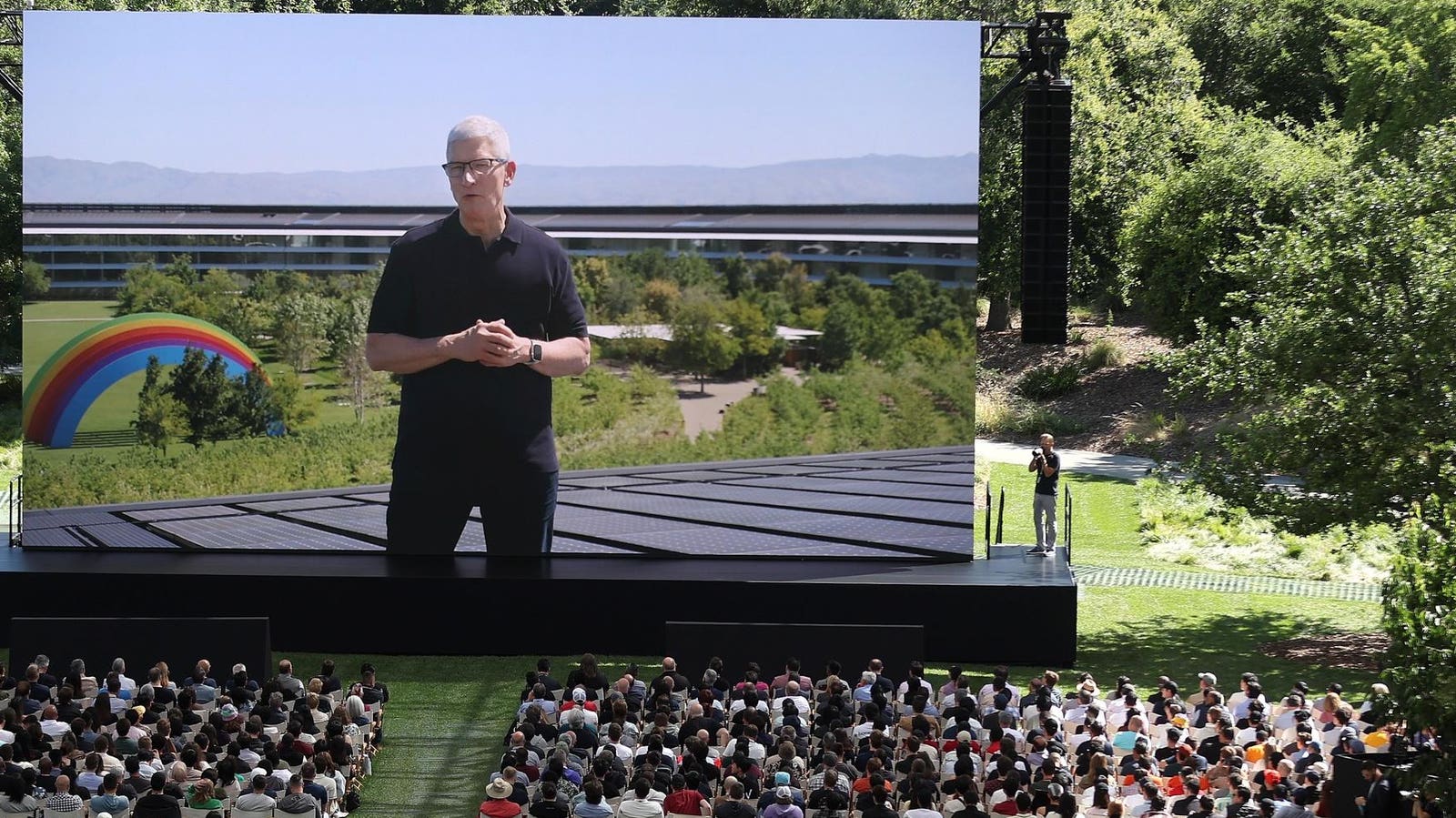Humans are using laptops and computers to interact with AI, helping them create, code, train AI, or … More
We know that AI agents are going to be redefining business at nearly every level, in every vertical end in every field.
But what supports this technology? Why are we now seeing agentic AI explode?
There are a number of fundamental ideas getting used by companies and other stakeholders right now.
One is that idea that AI can specialize into doing various tasks or operations. We see this with Claude, and agents that can use a computer like humans do.
There’s also the idea of distillation of systems and ensemble learning, where models interact with each other.
And then there’s the data side, where companies have to decide how do they deploy systems and where do they keep the data, as well as how they aggregate it for use.
Opportunities in the AI Space
At Imagination in Action in April, my colleague Daniela Rus, director of the MIT CSAIL lab, interviewed a number of professionals on their thoughts.
Cindy Howson from Thoughtspot, Kevin Shatzkamer of Google Cloud, formerly of Microsoft, and Anshul Ramachandran from Windsurf participated.
In terms of big potential, Howson said the underpinnings were already there, and mentioned the “Internet of AI” as a new paradigm.
Shatzkamer talked about productive AI And its capabilities, while noting that although a lot of the technology is here, it’s “not stitched together yet.”
Ramachandran talked about generative models getting good at specialization, and the proliferation of agentic systems.
‘Even as we are hitting some physical limitations in the real world,” he said, “it’s going to unlock different frontiers of models, power, technology in general, that will enable a new kind of frontier of applications and ways of thinking about things.”
Barriers to Evolution
In terms of current business limitations, Howson said something about getting clean, consistent data, and talked about moving from the structured data to semi-structured data, such as data assets housed in PDFs.
“I think many companies have clean, consistent structured data,” she said. “When we talk about semi-structured data, think about the PDFs on your network drives -which employee manual is the right version? It’s anyone’s guess. … I think some of the data management disciplines that we have applied to structured data, we have not applied to semi-structured, but I think the technology is ready, it is more the people, the mindsets and the processes that are less ready.”
She also pointed out that 81% of people fail at basic literacy.
Big Capabilities
The panel also discussed how systems are getting smarter.
Ramachandran talked about multiset retrieval, and how the systems can do search the way humans do, with one search after another, to compound accuracy and promote vibrant results.
Shatzkamer talked about long memory and contest windows, and research reasoning capabilities.
He also mentioned the future value of quantum, and of supervised fine-tuning.
“Look where quantum computing is on the near horizon,” he said. “I think that’s going to be a game changer in terms of AI processing capabilities, right? I think right now we’re in a world of more, bigger, faster, and we keep on trying to build as much infrastructure as possible to support the demand. And I think we’ll see that trend continue for the foreseeable future.”
As for the supervised fine-tuning, he had this to say:
“As much as we’ve talked about supervised learning … in the ML world, (in) this new supervised fine-tuning world, (you) can build smaller models with human in the loop in a much more meaningful way.”
Ramachandran suggested that generative AI is hitting critical mass, with interesting data that doesn’t necessarily need huge LLMs. He gave examples of user behavior stats that can unlock a lot of actionable moves for nearly any kind of business, pointing out that you don’t need a massive data center or a lot of Nvidia GPUs to do these kinds of research.
Shatzkamer opined that the OS community did a good job in fostering all of this to maturity. Howson talked about the cloud getting decentralized and the “hybrid world” that will result.
Question on Emerging Tech
When Rus asked about the single most interesting emerging tech, the panelists had these responses.
Howson brought up agentic analytics.
Shatzkamer talked about operational metrics for efficiency.
Ramachandran said he’s most interested in robotics and physical AI.
All of this has big ramifications for our new AI world. Stay with me as we see a lot of this continuing to evolve as the year moves on.








